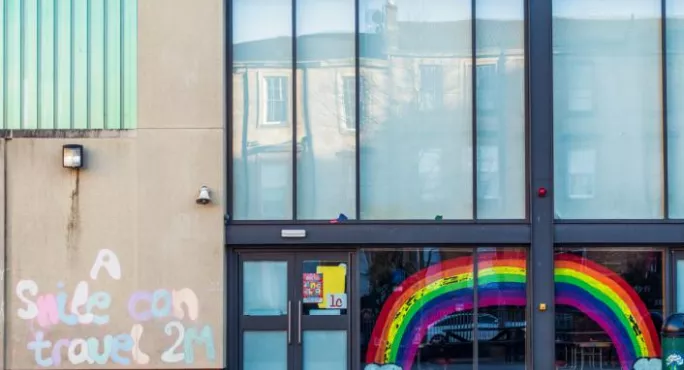Schools have been “distanced” from local public health authorities, and “nobody” is monitoring the steps they are taking to control the spread of the virus in classrooms, an expert has warned.
Speaking today at an Independent Sage group briefing focused on coronavirus in schools, Professor Susan Michie, a behavioural psychologist at UCL, raised a question about hand-sanitising policies and who is “inspecting” their delivery.
Dr Terry Wrigley, from Manchester Metropolitan University, responded: “I think it’s very significant that, given the governance of schools in England, nobody is monitoring the steps that schools have taken.
Teachers: Use rotas to halt ‘alarming’ Covid rise
Data: Sharp rise in primary pupil Covid cases
Research: Schools linked to ‘large’ increase in Covid R number
“Schools are being distanced from the public health authorities locally. Where they do manage to get in touch it often works very, very well.
“But nobody has monitored…I don’t know where Ofsted is these days, the local authorities are not empowered to monitor, and so it’s laissez-faire; it’s quite anarchic.”
Asked what threshold exists for schools closing, Dr Wrigley said: “It’s very clear there isn’t a standard policy; the situation is totally erratic.
“But there is…a very strong pressure all the time to isolate the minimum number of pupils with a definition of: if you’ve been sat next to somebody for over 15 minutes, then that person may be isolated. As I understand it, the medical science points to infections over more than that distance.
“So I think the situation is exceedingly dangerous in schools, especially once you consider that for every tested case there are going to be quite a number of young people who are infectious but showing no symptoms, and consequently haven’t been tested.”
On the issue of large numbers of secondary pupils mixing together during the school day, Dr Wrigley added that there has been “no real decent advice from DfE [Department for Education], no real empowerment of schools to respond to this, even in the worst affected areas”.




